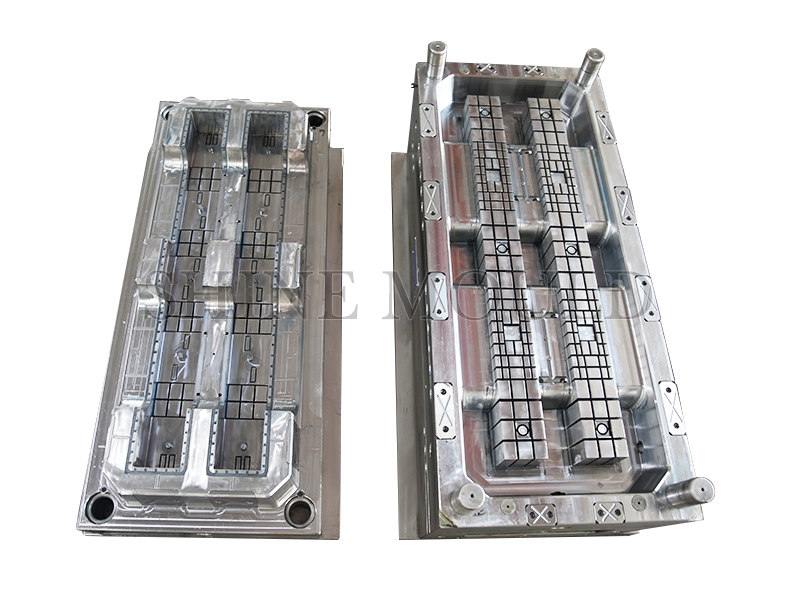Transforming Plastic Manufacturing Innovation of Blow Moulds
Blow moulding has emerged as a revolutionary technique, offering versatility and efficiency in the production of a wide range of plastic products. At the core of this transformative process lies the blow mould, a precision-engineered tool that shapes molten plastic into diverse forms.
The defining feature of blow moulds is their ability to create hollow forms by shaping molten plastic. This process involves the introduction of air or gas into a heated plastic parison (a tube-like plastic preform), causing it to expand and take the shape of the mould.
Blow moulds are renowned for their versatility in creating an array of products, from simple containers to complex shapes. The moulds can be customized to produce bottles, containers, automotive components, and a multitude of other items with varying sizes and intricacies.
Blow moulds are compatible with various types of thermoplastic materials, including polyethene, polypropylene, PET (polyethene terephthalate), and more. This compatibility allows manufacturers to choose materials based on the desired properties of the final product.
Precision is a hallmark of blow mould technology. The moulds are engineered with precision to ensure uniform wall thickness and consistent product dimensions. This high level of accuracy is crucial for meeting quality standards and ensuring product integrity.
The efficiency of blow moulding makes it a cost-effective production method. With the ability to create complex shapes in a single moulding operation, blow moulding minimizes the need for additional manufacturing steps, reducing overall production costs.
Extrusion blow moulding is a widely used technique that involves the continuous extrusion of a plastic parison. The parison is then captured by the mould, and air is introduced to shape it. Recent advancements in extrusion blow moulding technology have focused on improving efficiency, reducing cycle times, and enhancing product quality.
Injection blow moulding combines the injection molding and blow moulding processes. This method is particularly suitable for producing small, intricate products, such as medical vials and pharmaceutical containers. Advancements in injection blow moulding have centred on optimizing precision, material distribution, and cycle times.
Multi-layer blow moulding technology involves the creation of products with multiple layers of different materials. This innovation enhances the properties of the final product, such as barrier resistance or UV protection. Manufacturers can tailor the composition of each layer to meet specific performance requirements.
Advancements in blow mould technology increasingly incorporate sustainability features. This includes the development of lightweight designs, material recycling capabilities, and energy-efficient processes, aligning with the global shift towards environmentally conscious manufacturing practices.
Blow moulds play a pivotal role in the packaging industry, producing a vast array of containers, bottles, and jerry cans. Their versatility in creating lightweight yet sturdy packaging solutions has made blow moulding a preferred choice for industries ranging from food and beverages to household products.
Blow moulds are extensively used in the automotive industry to manufacture components such as fuel tanks, air ducts, and reservoirs. The ability to create complex shapes and lightweight structures makes blow moulding a valuable technology for automotive applications.
Blow moulding technology is employed to manufacture medical and pharmaceutical products such as bottles, vials, and containers. The precision and cleanliness of the blow moulding process make it suitable for producing sterile packaging for healthcare applications.




 Search...
Search... English
English






.jpg)
